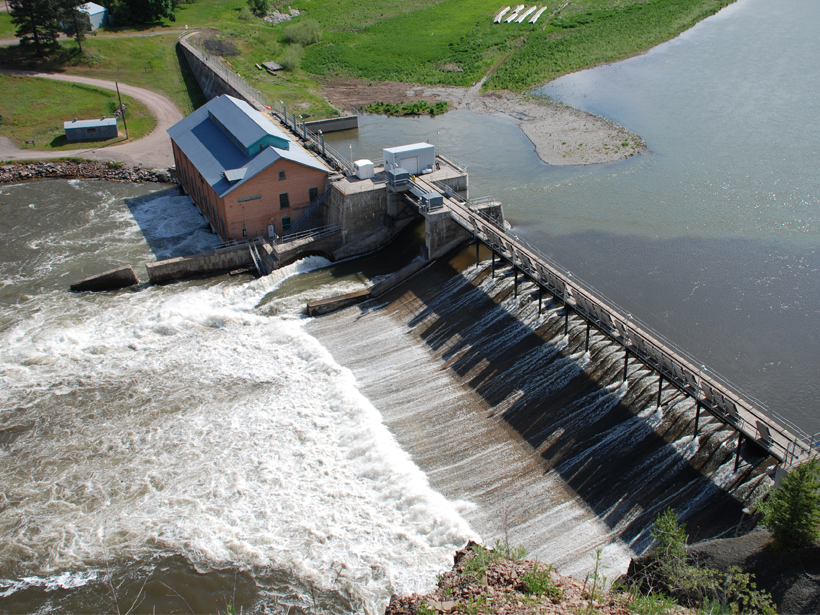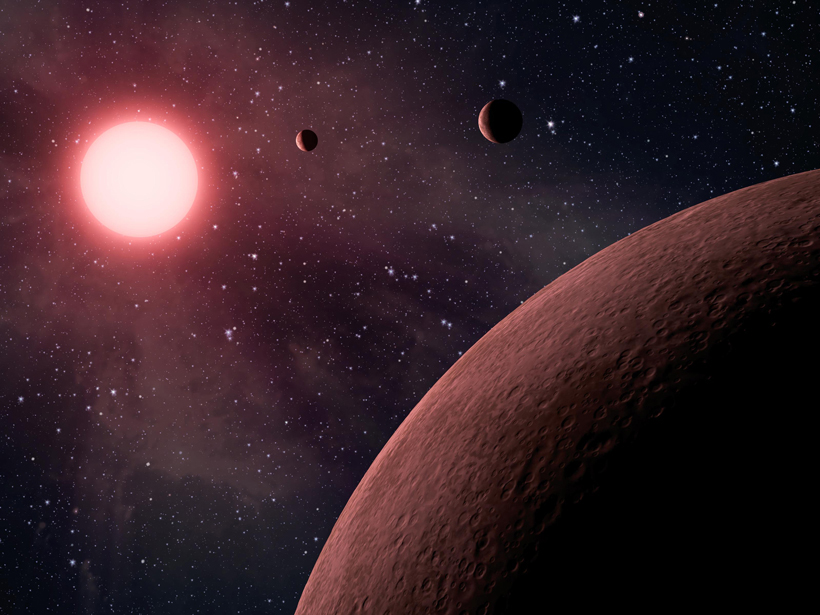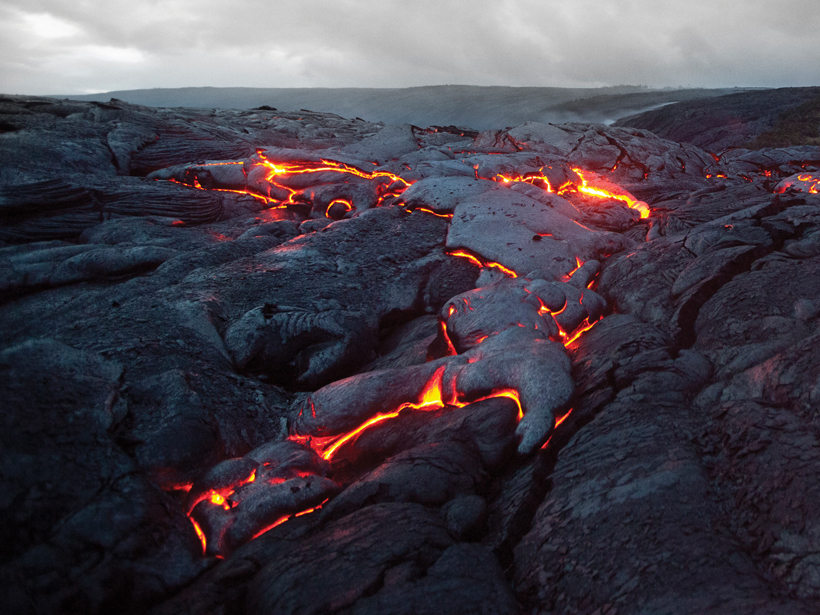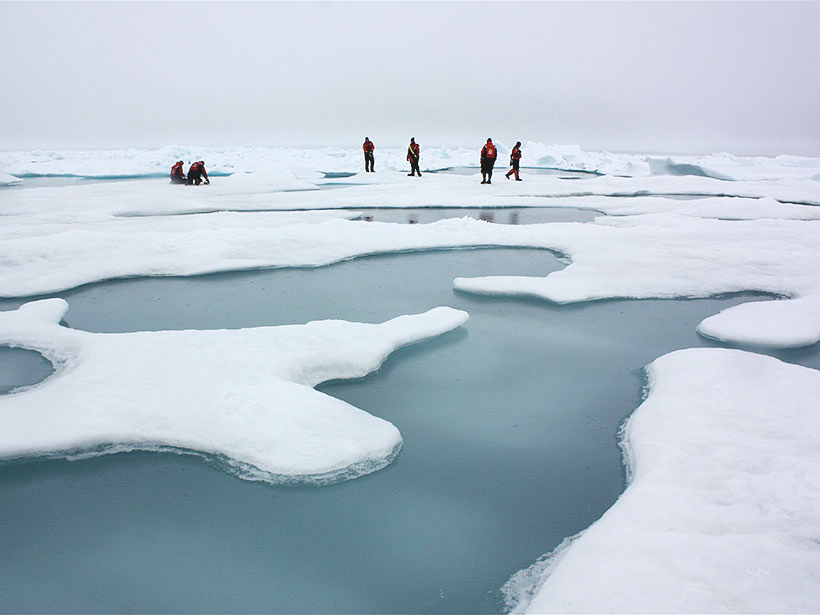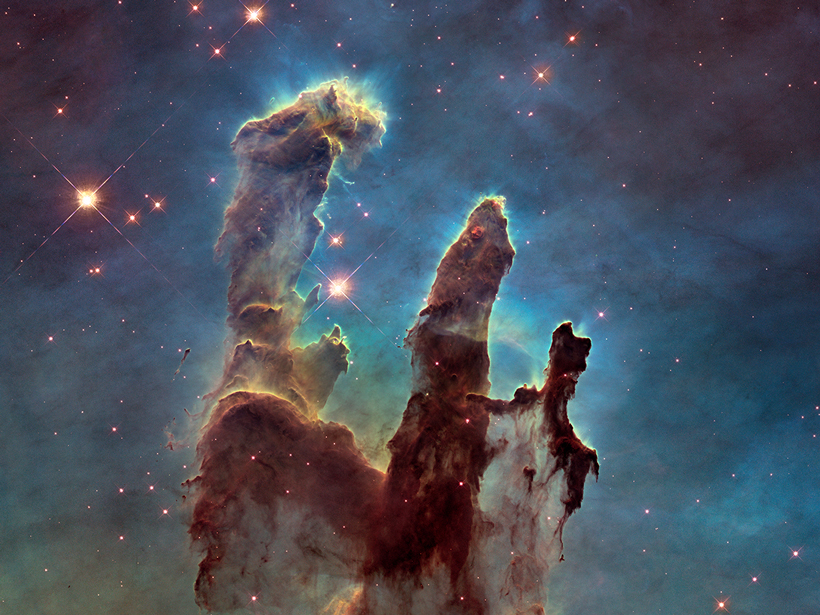Restoring rivers to their free-flowing state promises a host of environmental benefits, but contaminated sediments may cloud the picture.
Features
Aurora Painting Pays Tribute to Civil War's End
Frederic Edwin Church's 1865 arctic landscape, Aurora Borealis, is a beautiful depiction of nature. It might also be a memorial reflection on the end of the war.
Kepler: A Giant Leap for Exoplanet Studies
NASA's low-cost space telescope opened up a universe of possibilities for scientists who scour space in search of planets—and possibly life.
What Lies Deep in the Mantle Below?
For decades, scientists have probed Earth's remote mantle by analyzing how seismic waves of distant earthquakes pass through it. But we are still challenged by the technique's limitations.
Dissolved Organic Matter in the Ocean Carbon Cycle
Controversy leads to a better understanding of carbon cycling through a massive pool of organic matter dissolved in the Earth's oceans.
Improving Predictions of Arctic Sea Ice Extent
Scientists in the Sea Ice Prediction Network share and discuss their user-oriented forecasts of seasonal sea ice in a changing Arctic.
Building Sandbars in the Grand Canyon
Annual controlled floods from one of America's largest dams are rebuilding the sandbars of the iconic Colorado River.
Hubble's Legacy: The Pillars of Creation
The Pillars of Creation remains to this day Hubble's most iconic view of the cosmos.
Gazing Toward the Universe's Edge: Hubble's Deep Field Legacy
Hubble's sensitive cameras give scientists a chance to witness the birth of galaxies.
The Art and Science of Hubble's Images
How do Hubble images get their vivid colors and subtle shading?

